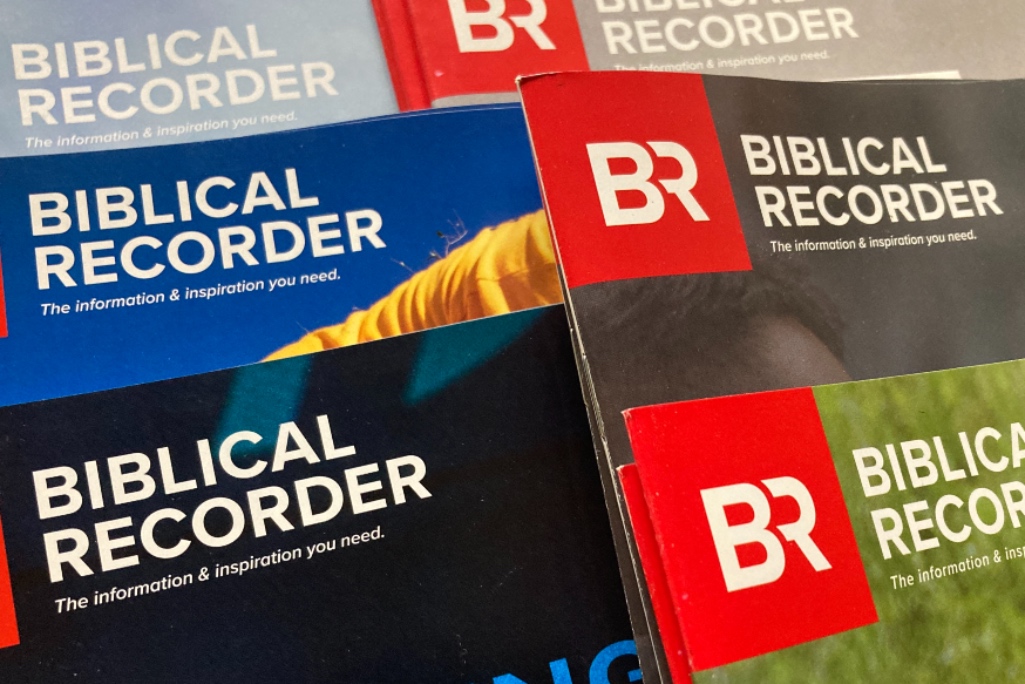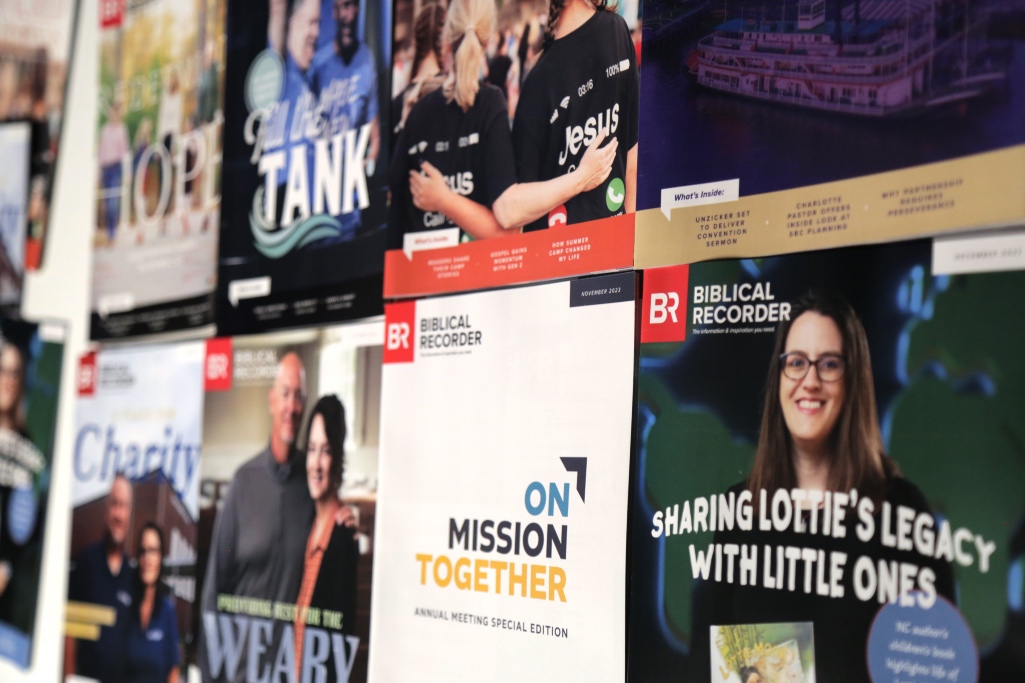I can’t remember when I first became aware of the Southern Baptist Convention. I assume it was some point in early childhood as I participated in a variety of ministries through my local church. Memories of Bible drills, Royal Ambassadors, Vacation Bible School, Lottie Moon and Annie Armstrong stretch back as far as I can remember.
As a young adult, I began to see the contours of Southern Baptist life with more clarity as I surrendered to gospel ministry at a leadership conference organized by the Mississippi Baptist Convention Board. Then, I spent several weeks overseas on a collegiate mission team with the International Mission Board.
A few years later I enrolled in a biblical studies program at William Carey University. A deep sense of gratitude washed over me during my undergraduate studies when I began receiving tuition assistance through the state convention’s scholarship program.
My graduate education at Southeastern Baptist Theological Seminary developed my understanding of cooperative missions even further, as my experience with so many aspects of Southern Baptist life expanded.
Yet, even then, I don’t believe I had a good grasp on what it meant to be a nationwide network of churches united on a mission to reach the nations with the gospel. It was years later, at an annual meeting of the Southern Baptist Convention, that I realized the sheer number of missional opportunities that God has afforded us.
At the time, I was serving on the pastoral leadership team at Imago Dei Church in Raleigh, N.C., where I am still a member. We were a fledgling congregation, around five years old. After renting auditoriums and office space in the early years, our church was ready to put down roots. We searched high and low for a facility that would serve our congregation with a space to worship and make disciples. Location was important, since local outreach was a high priority.
We did not look for a holy castle, but a missional outpost. And when we found a suitable building, it felt nothing less than providential. Our leadership team was brimming with excitement and dreaming of all the ways we could leverage the space for maximum gospel impact.
During that season of enthusiasm, I attended an annual meeting of the Southern Baptist Convention. Arriving early, I stepped into the massive hall where the main sessions were held. I scanned the room, eyeing all the empty chairs and imagining the thousands of Southern Baptist messengers that would soon fill the seats.
We are Great Commission Baptists, and we must live up to that name.
I remembered the tens of thousands of churches from all across the county that make up the national convention, and then it hit me.
Each church represented in that room had its own ministry hub at strategic locations scattered from coast to coast. Some are on main streets, while others can be found down backroads. Some are brand new church plants. Others predate every building in their county.
Regardless of shape and size, each and every one of those churches has its own dreams, plans and excitement for using their facility to reach neighbors and nations. Those faith families leverage almost $12 billion for missions and ministry. Around $460 million serves the kingdom through our Cooperative Program.
For a brief moment, I felt like I glimpsed the sheer size of it all. The thought stunned me. Only God could orchestrate a network of strategically located congregations like that. Only God could bring together a convention of that size under singular vision to make disciples of all nations.
If we could simply be obedient to keep our eyes on Jesus and work together, the missional potential is astounding. That was the moment I understood that we are Great Commission Baptists, and we must strive by God’s grace to live up to that name.
As we gather this month for the SBC annual meeting once again, I am praying that cooperative vision remains at the forefront of our minds and hearts. I hope to see you in Nashville and hear about all the ways your church is taking the name of Jesus to the ends of the earth.


